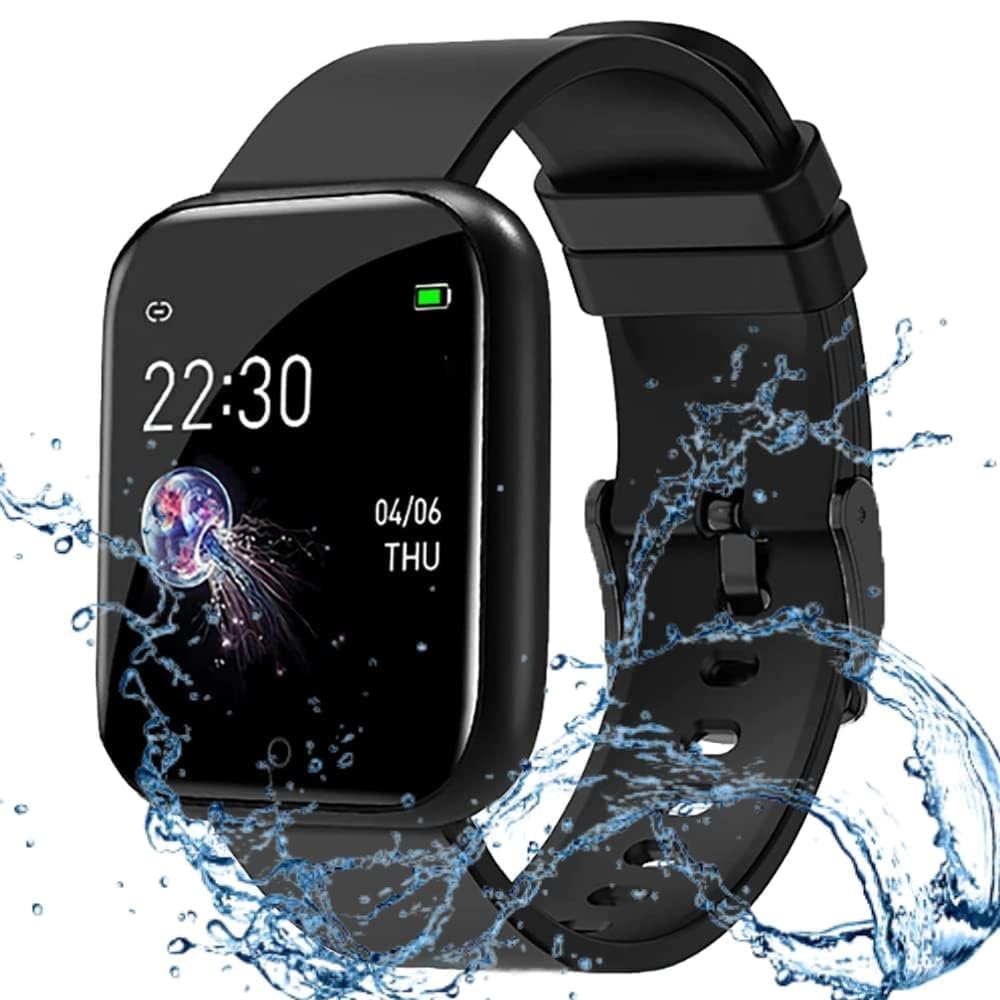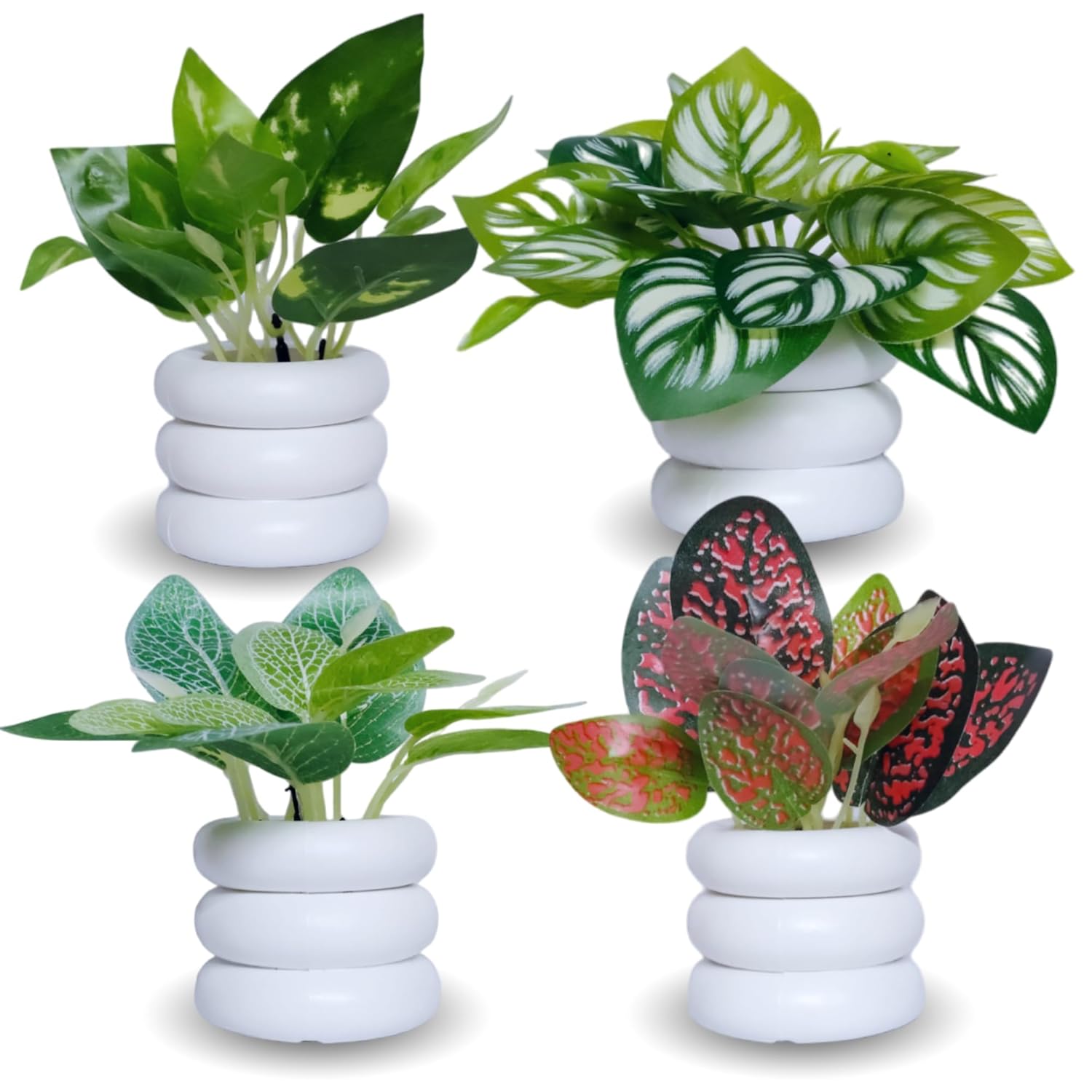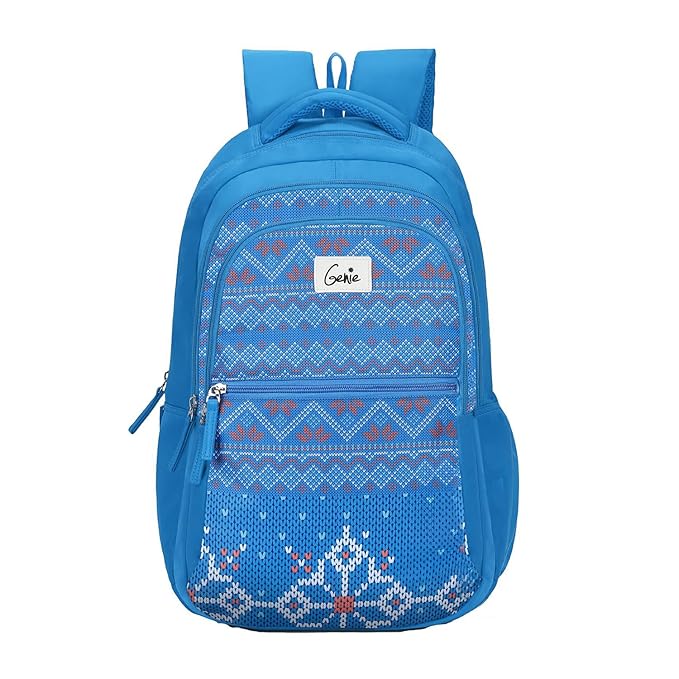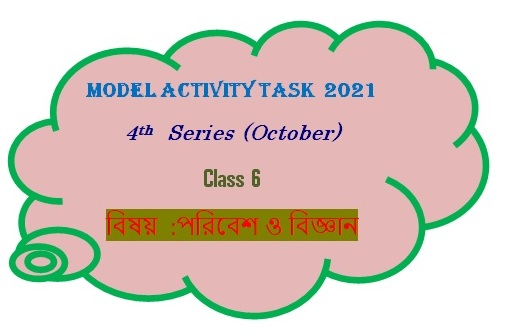The-Book-of-Nature Bengali Meaning Unit-II
Bengali Meaning and Questions-Answers from The Book of Nature Class 7 English
Class 7 (English)
Lesson: 1
The Book of Nature
Jawaharlal Nehru
Unit II
You read history in books.
তুমি তো বইয়ে লেখা ইতিহাস পড়।
But in old times when men did not exist surely no books could have been written.
কিন্তু প্রাচীন কালে যখন মানুষের অস্তিত্ব ছিল না, তখন নিশ্চিতভাবে কোনো বই লেখা হয়নি।
How then can we find out what happened then?
তাহলে তখন কী ঘটেছিল তা আমরা কিভাবে জানব?
We cannot merely sit down and imagine everything.
আমরা কেবল বসে বসে সবকিছু কল্পনা করতে পারি না।
This would be very interesting for we could imagine anything we wanted to and would thus make up the most beautiful fairy tales.
এটি দারুন মজার হত কারণ আমরা যা খুশি কল্পনা করতে পারতাম এবং তখন আমরা সুন্দর সুন্দর রূপকথার গল্প তৈরি করতে পারতাম।
But this need not be true as it would not be based on any facts that we had seen.
তবে এটি সত্যি নাও হতে কারণ এটি আমরা দেখেছি এমন কোনও তথ্যের ভিত্তি নেই।
But although we have no books written in those far-off days, fortunately we have some things which tell us a great deal as well almost as a book would.
সেই প্রাচীন যুগে লেখা কোনো বই আমাদের কাছে নেই, তবুও সৌভাগ্যক্রমে আমাদের কাছে এমন কিছু জিনিস আছে যেগুলি প্রায় বইয়ের মতোই আমাদেরকে অনেক কিছু বলে।
👉 Unit: I Click Here
We have rocks and mountains and seas and stars and rivers and deserts and fossils of old animals.
আমাদের কাছে আছে পাথর ও পর্বত, সমুদ্র ও আকাশের তারা, নদী ও মরুভূমি এবং পুরোনো জন্তু জানোয়ারের জীবাশ্ম।
These and other like things are our books for the earth’s early story.
পৃথিবীর প্রথমদিকের দিনগুলো গল্প বলার জন্য এগুলি এবং এই ধরণের অন্যান্য জিনিসই হলো বইয়ের মত।
And the real way to understand this story is not merely to read about it in other people’s books but to go to the great Book of Nature itself.
এ সম্পর্কে লেখা অন্যদের বই-ই কেবল এ গল্প বোঝার আসল পথ নয়, বরঞ্চ এটি বোঝার জন্য প্রকৃতির নিজস্ব মহান বইয়ের কাছে যেতে হবে।
You will I hope soon begin to learn how to read this story from the rocks and mountains.
আশা করি তুমি শীঘ্রই শিখতে শুরু করবে কিভাবে পাথর বা পর্বত থেকে এই গল্প পড়তে হয়।
Imagine how fascinating it is!
কল্পনা কর এ কেমন চমৎকার ব্যাপার।
Every little stone that you see lying in the road or on the mountain side may be a little page in nature’s book and may be able to tell you something if you only knew how to read it.
তোমার দেখা রাস্তায় বা পর্বতের পাশে পড়ে থাকা প্রত্যেকটি ছোট্ট পাথরের টুকরোই প্রকৃতির বইয়ের একটি ছোটো পাতা হতে পারে এবং টুকরোগুলোই তোমাকে কিছু না কিছু শেখাতে পারে, কেবল কিভাবে পড়তে হয় তা যদি তোমার জানা থাকে।
👉 Unit: I Click Here
To be able to read any language, Hindi or Urdu or English, you have to learn its alphabet.
হিন্দি, উর্দু বা ইংরেজি, যে-কোনো ভাষাতেই পড়তে শিখতে হলে, তোমাকে সেই ভাষার বর্ণমালা শিখতে হবে।
So also you must learn the alphabet of nature before you can read her story in her books of stone and rock.
তাই নুড়ি বা পাথরের বই থেকে প্রকৃতির গল্প পড়তে হলেও তোমাকে প্রথমে প্রকৃতির বর্ণমালা শিখতেই হবে।
Even now perhaps you know a little how to read this.
এখনই সম্ভত তুমি একটু-আধটু যেন কিভাবে এই বর্ণমালা পড়তে হয়।
If you see a little round shiny pebble, does it not tell you something?
যখন তুমি একটি ছোট, গোল, চকচকে নুড়ি পাথর দেখ, সে কি তোমাকে কিছু বলে না?
How did it get round and smooth and shiny without any corners or rough edges?
কোনো কোণ বা অমসৃণ কিনারা ছাড়া কিভাবে এটি গোল, মসৃন ও চকচকে হল?
If you break a big rock into small bits, each bit is rough and has corners and rough edges.
তুমি যদি একটি বোরো পাথরকে ছোট ছোট টুকরোয় ভাঙো, প্রত্যেকটি টুকরোয় হবে খসখসে, তার কোণ থাকবে, অমসৃণ কিনারা থাকবে।
It is not at all like a round smooth pebble.
এটি গোল, মসৃণ নুড়ির মতো আদৌ হবে না।
How then did the pebble become so round and smooth and shiny?
তাহলে কিভাবে নুড়ি পাথরটি অত গোল, মসৃণ ও চকচকে হল?
👉 Unit: I Click Here
It will tell you its story if you have good eyes to see and ears to hear it.
এই নুড়িটি তোমাকে তার গল্প শোনাবে যদি তোমার দেখার মতো ভালো চোখ থাকে এবং শোনার মতো কান থাকে।
It tells you that once upon a time, it may be long ago, it was a bit of a rock, just like the bit you may break from a big rock or stone with plenty of edges and corners.
এটি তোমাকে বলবে যে একসময়ে, হতে পারে অনেক অনেক আগে, এটি ছিল একটুকরো পাথর, ঠিক যেমনটি তুমি বড়ো পাথর থেকে ভেঙে বের, করতে পারো, যার মধ্যে যথেষ্ট কিনারা ও কোণ থাকবে।
Probably it rested on some mountain side.
সম্ববত টুকরোটি কোনো পর্বতের পাশে পরে ছিল।
Then came the rain and washed it down to the little valley where it found a mountain stream which pushed it on and on till it reached a little river.
তারপর এল বৃষ্টি এবং এটিকে ধুয়ে নামিয়ে নিয়ে এলো কোনো ছোট্ট নদীতে।
And the little river took it to the big river.
এবং ছোট্ট নদী এটিকে নিয়ে চলো কোনো বড়ো নদীতে।
And all the while it rolled at the bottom of the river and its edges were worn away and its rough surface made smooth and shiny.
এবং সমস্ত সময় জুড়ে এটি নদীর তোলে গড়িয়ে গড়িয়ে চলল এবং এর কিনারাগুলি ক্ষয়ে যেতে লাগলো এবং এর অমসৃণ উপরিতল হয়ে উঠলো মসৃন ও চকচকে।
👉 Unit: I Click Here
So it became the pebble that you see.
তাই এটি পরিণত হল সেই নুড়িতে যা তুমি দেখতে পাও।
Somehow the river left it behind and you found it.
কোনোভাবে নদী একে পিছনে ফেলে রেখে যায় এবং তুমি এটিকে খুঁজে পাও।
If the river had carried it on, it would have become smaller and smaller till at last it became a grain of sand and joined its brothers at the seaside to make a beautiful beach where little children can play and make castles out of the sand.
নদী যদি এটিকে বয়ে নিয়ে চলত, এটিকে ক্রমশ ছোট, আরোও ছোট হতে থাকত, অবশেষে তা বালির দানায় পরিণত হতে এবং সুন্দর তটভূমি তৈরী করার জন্য সমুদ্রে ধারে এদের ভাইয়েদের সঙ্গে যোগ দিত, যে তটভূমিতে ছোট শিশুরা খেলতে পারে এবং বালির দুর্গ তৈরি করতে পারে।
If a little pebble can tell you so much, how much more could we learn from all the rocks and mountains and the many other things we see around us?
একটি ছোট্ট নুড়ি যদি তোমাকে এত কথা বলতে পারে, তাহলে আমরা কত কিছু শিখতে পারি এবং পর্বত থেকে এবং আমাদের চারপাশে অন্য যে-সমস্ত জিনিস আছে তাদের থেকে?
Activity 5
Identify which of the following statements are True and which are False. Give a supporting statement for each of your answers.
(a) Fairy tales are rich in imagination. (T)
(b) We have no means to know about the far-off days. (F)
(c) The alphabet of nature is like the Hindi or the English alphabet. (F)
(d) We can learn a lot about our world from the rivers and mountains. (T)
Activity 6
Complete the following sentences with information from the text:
(a) No book could have been written in old times because men did not exist.
(b) To be able to read any language one has to learn its alphabet.
(c) A small pebble was definitely a part of a big rock or stone with plenty of edges and corners.
(d) On the beaches at the seaside, little children can play and make castles out of the sand.
Activity 7
Fill in the following chart with information from the text:
| Statement | Reason |
| 1. Fairy tales need not be true. | fairy tales are rich in imagination. |
| 2. A piece of rock looksdifferent from a pebble. | rock has corners and rough edges. |
| 3. A bit of rock from some mountain side reaches a little valley. | Then came the rain and washed it down to the little |
| 4. All pebbles do not become sand. | Somehow the river left the pebbles behind. |
Activity 8
Answer the following questions :
(a) Which are the things around us that tell us about the earth’s early tale?
Ans. We have rocks and mountains and seas and stars and rivers and deserts and fossils of old animals. These and other like things are our books for the earth’s early story.
(b) Why does a pebble have a smooth surface?
Ans. A pebble rolled at the bottom of the river and its edges were worn away and its rough surface made smooth and shiny.
(c) How does a pebble become grains of sand?
Ans. The river had carried pebble on, it would have become smaller and smaller till at last it became a grain of sand and joined its brothers at the seaside to make a beautiful beach where little children can play and make castles out of the sand.
(d) What does the author mean by “The Great Book of Nature?”
Ans. Author means that the nature is like a book and things in it are like pages of that book.
Activity 9
Rearrange the sentences in the correct order by writing the numbers in the brackets. One is done for you:
(a) The rock is taken to a big river by the little river. (2)
(b) At last it is turned into grains of sand. (6)
(c) It becomes a pebble. (5)
(d) A bit of rock is pushed by a mountain stream into a little river. ( 1 )
(e) The pebble becomes smaller because it is carried on and on by the river. (4)
(f) The edges of the rock are worn away and its rough surface is made smooth. (3)
Activity 10
Match the words in Column A with their meanings in Column B. One is done for you:
| A | B |
| 1. fascinating | (f) very interesting or charming |
| 2. merely | (d) only or just |
| 3. fortunately | (e) luckily |
| 4. alphabet | (a) the set of letters in a language |
| 5. surface | (b) top visible side |
| 6. worn | (c) became damaged by use |
👉 সপ্তম শ্রেণীর ইংরেজী বিষয়ের সমস্ত Lesson দেখতে: Click Here
👉 Subscribe Our YouTube Channel: Click Here
The-Book-of-Nature Bengali Meaning Unit-II
Class 7 English Lesson 1 The Book of Nature Question Answer
The book of nature class 7 english bengali meaning The-Book-of-Nature Bengali Meaning Question-Answer The-Book-of-Nature Bengali Meaning Unit-II
West Bengal Board Class 7 English Question Answer



